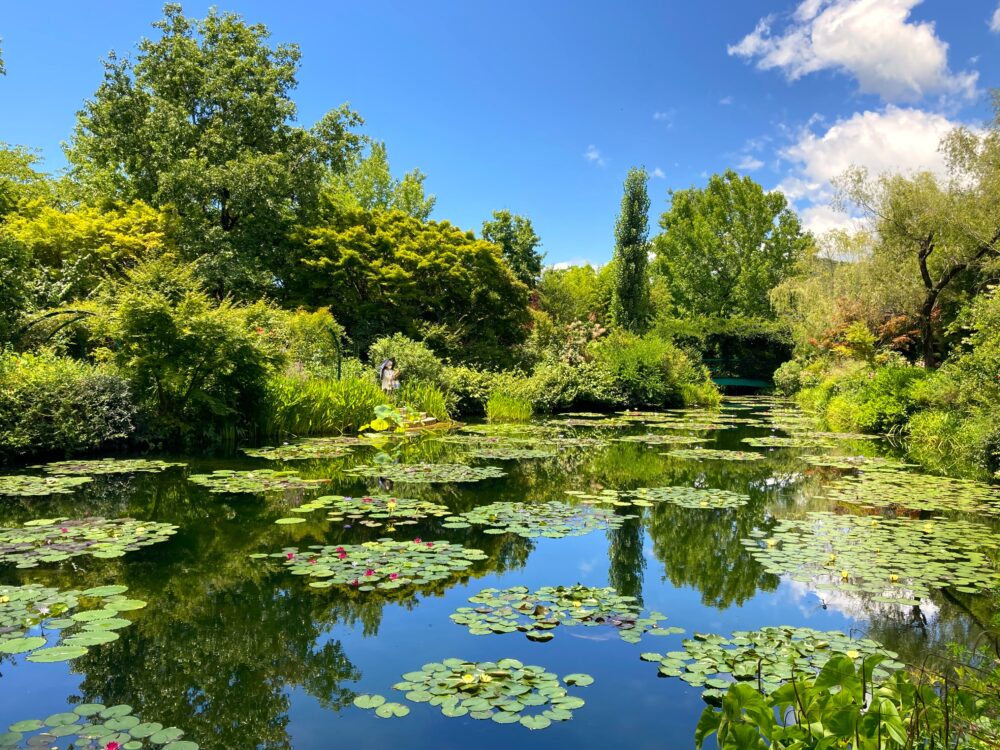
Did you know there’s a “Monet’s Garden” in Kochi, Japan?
Claude Monet, the Impressionist master known for his “Water Lilies” series, personally designed and cultivated his own garden at his home in Giverny, France. It was there he painted many of his masterpieces, including the famous “Water Lilies” and “Japanese Bridge.”
But here’s something surprising—did you know you can experience a faithful recreation of Monet’s beloved garden right here in Japan?
Located in Kitagawa Village, Aki District, Kochi Prefecture, Monet’s Garden Marmottan is the only garden in the world officially licensed to bear Monet’s name, outside of Giverny itself.
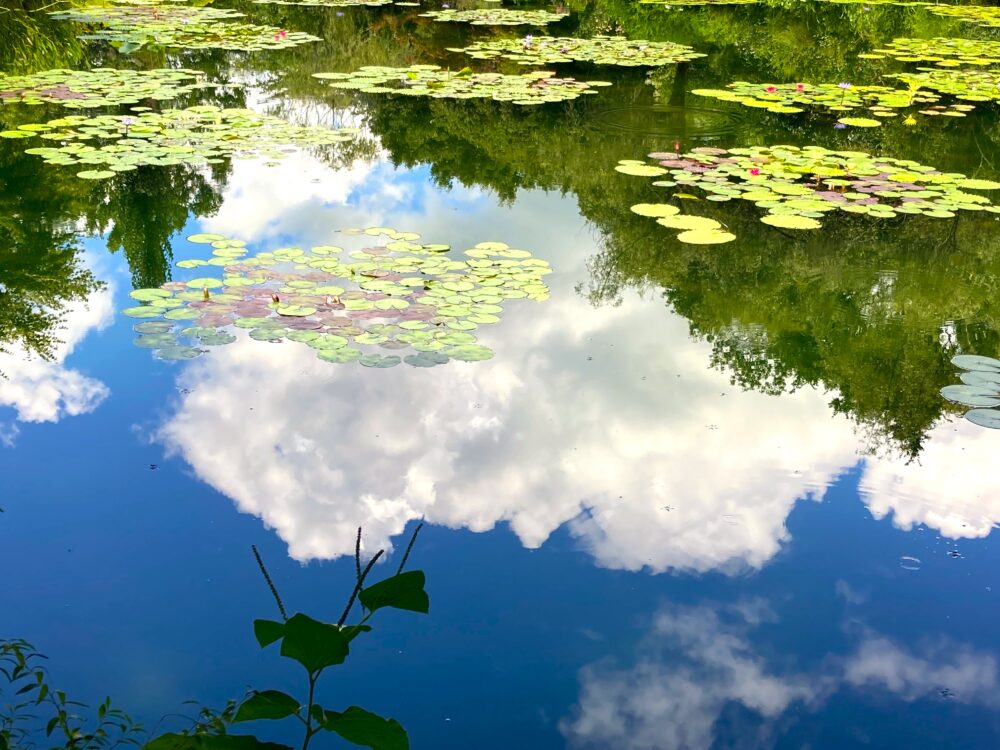
With full cooperation from Gilbert Vahé, the former head gardener of Monet’s Garden in France, this garden captures the true spirit of the original. From the arched Japanese bridge to the vivid blue water lilies, the scenery feels as though you’ve stepped into one of Monet’s paintings.
Thanks to the lush landscape and mild climate of Kitagawa Village, the garden offers a uniquely spacious and serene atmosphere. If you’re traveling through Kochi, this artistic retreat is a must-visit.
What Exactly Is “Monet’s Garden”?
Claude Monet, a founding figure of the Impressionist movement, moved to the quiet village of Giverny, northwest of Paris, in 1883.
It was there he painted some of his most iconic works, including the “Haystacks” series and countless variations of the “Water Lilies.”
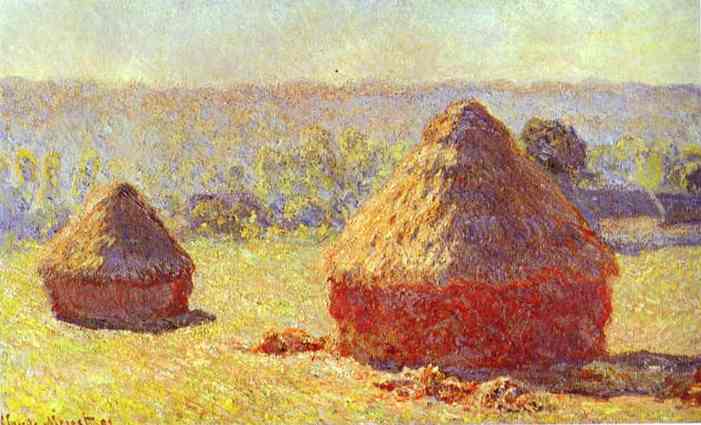
Monet, the Passionate Gardener
Monet once famously said:
“Aside from painting and gardening, I am good for nothing.”
Source: Denver Art Museum – “20 Quotes from Claude Monet”
It’s true—Monet poured just as much passion into cultivating his garden as he did into his canvases.
He first created the Flower Garden, filled with colorful seasonal blooms, and in 1893 expanded the grounds by redirecting a stream to build his famous Water Garden—the very pond where his “Water Lilies” series came to life.
This original garden in Giverny is iconic—but the only officially recognized recreation in the world is right here, in Kitagawa Village, Kochi.

Monet’s Garden Marmottan in Kitagawa Village
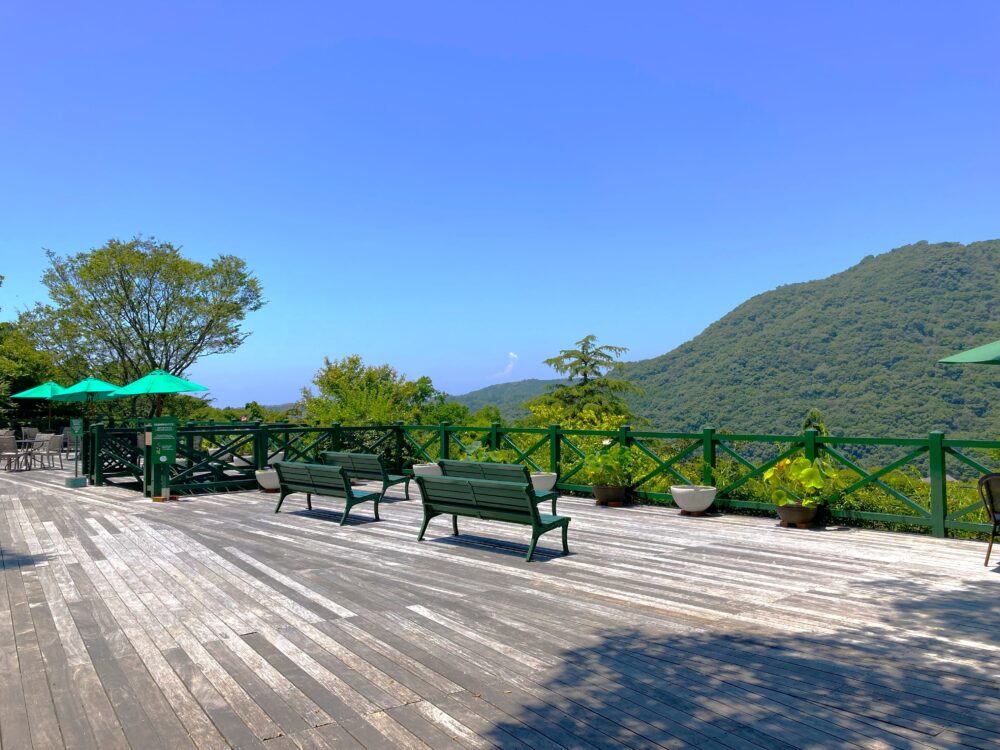
About a 90-minute drive east from central Kochi City (roughly 60 km), you’ll find Monet’s Garden Marmottan in Kitagawa Village, Aki District.
Back in the 1990s, Kitagawa Village had plans to boost its economy through local specialty products like yuzu wine. However, when Japan’s economic bubble burst, those plans were abandoned.
That’s when a new idea emerged—a bold vision to create a replica of Monet’s garden.
Village officials made repeated visits to Giverny, France, where they built a relationship of trust with the staff at the original Monet’s Garden. Their dedication paid off:
In the year 2000, Monet’s Garden Marmottan officially opened—recognized as the only Monet’s Garden in the world authorized by the French foundation.
The Water Garden: Arched Bridge and Water Lilies
While this garden is a recreation, calling it just a “replica” doesn’t do it justice.
Why? Because even today, former Giverny head gardener Gilbert Vahé returns regularly to check that the garden continues to reflect Monet’s spirit.
The attention to detail is remarkable—right down to the shape of the plants and layout of the ponds.
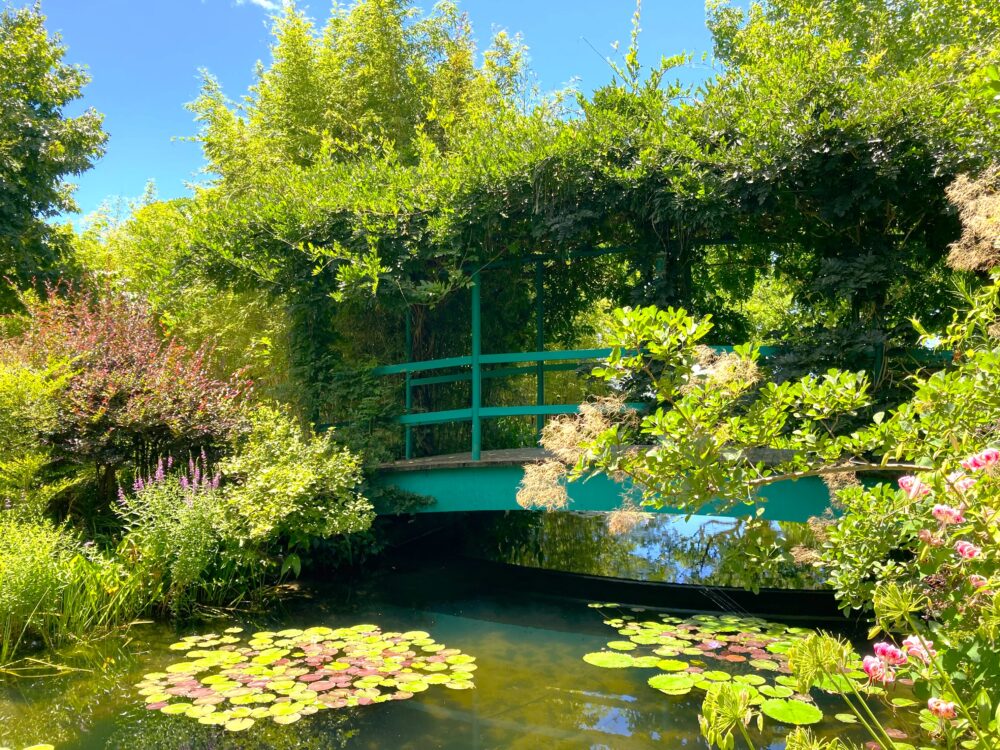
The iconic arched bridge, for example, is one of the most beloved features of Monet’s original garden. Inspired by Japanese ukiyo-e prints, Monet built a “Japanese-style bridge” in his own garden.
In Kitagawa, this bridge has been faithfully recreated. The soft green color of the arch blends beautifully with the surrounding foliage—just like a living painting.
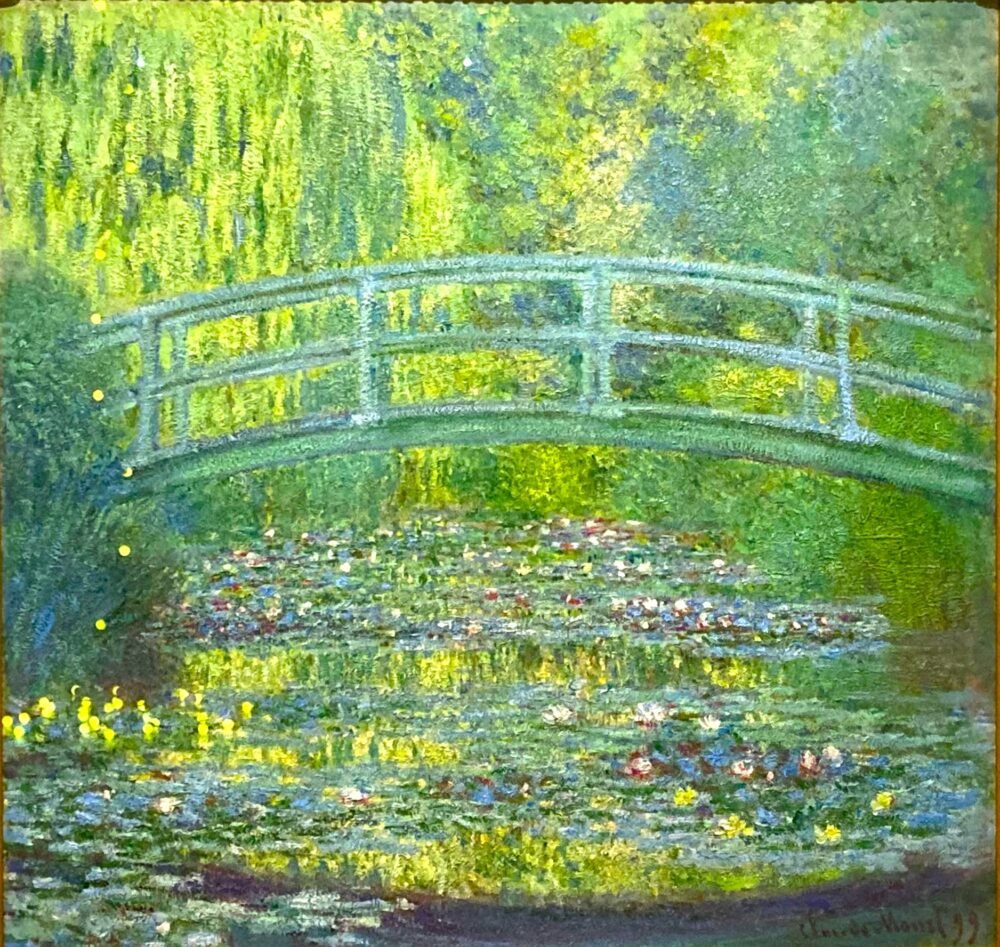
And don’t miss the real water lilies floating in the pond.
Some of these lilies were actually brought over as cuttings from the original garden in Giverny!
A Rare Sight: The Blue Water Lily
One unique highlight here is the Blue Water Lily, a tropical species that could not grow in Giverny’s cooler climate.
It’s said Monet even tried cultivating it in a greenhouse, but it never bloomed.
That’s what makes seeing it in Kitagawa so special—it’s something even the original garden doesn’t have.
The delicate blossoms rise just above the water’s surface, giving off a dreamy, almost mystical vibe.
🗓️ Best viewing season: July to late October.
🌸 Visit in the morning, as the flowers close up in the afternoon!
The Flower Garden
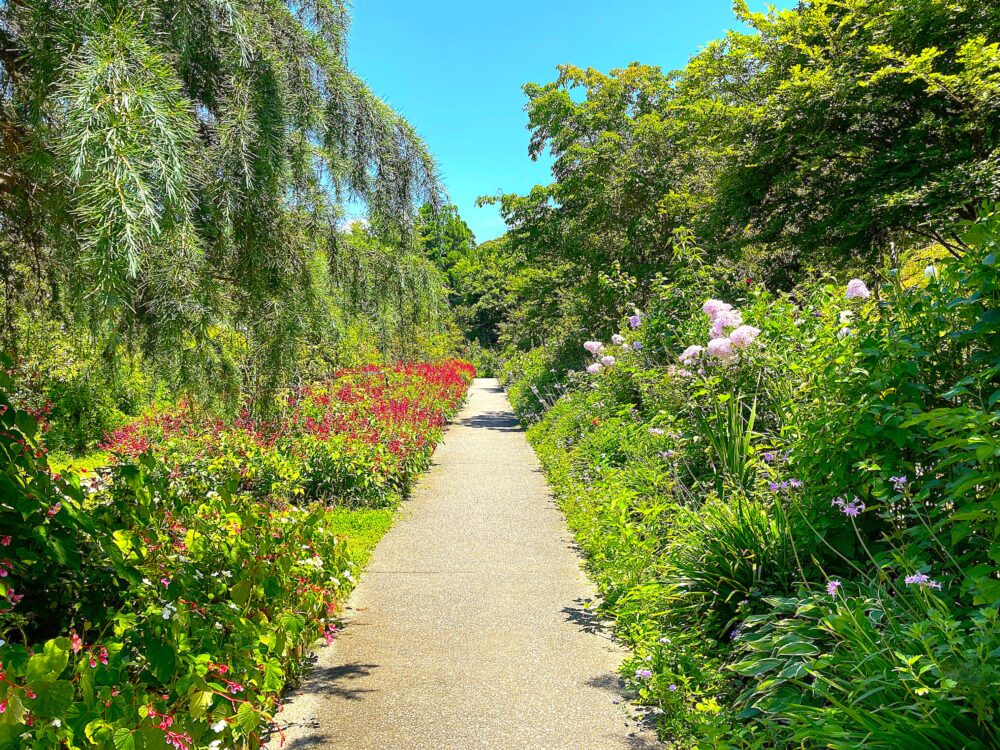
Across from the Water Garden, just past the parking lot, you’ll find the Flower Garden.
Here, you can enjoy a colorful rotation of seasonal blooms year-round.
From spring to early summer, around 500 roses from 200 varieties burst into full bloom—transforming the area into a breathtaking floral paradise.
It’s the kind of place that makes you want to come back in every season.
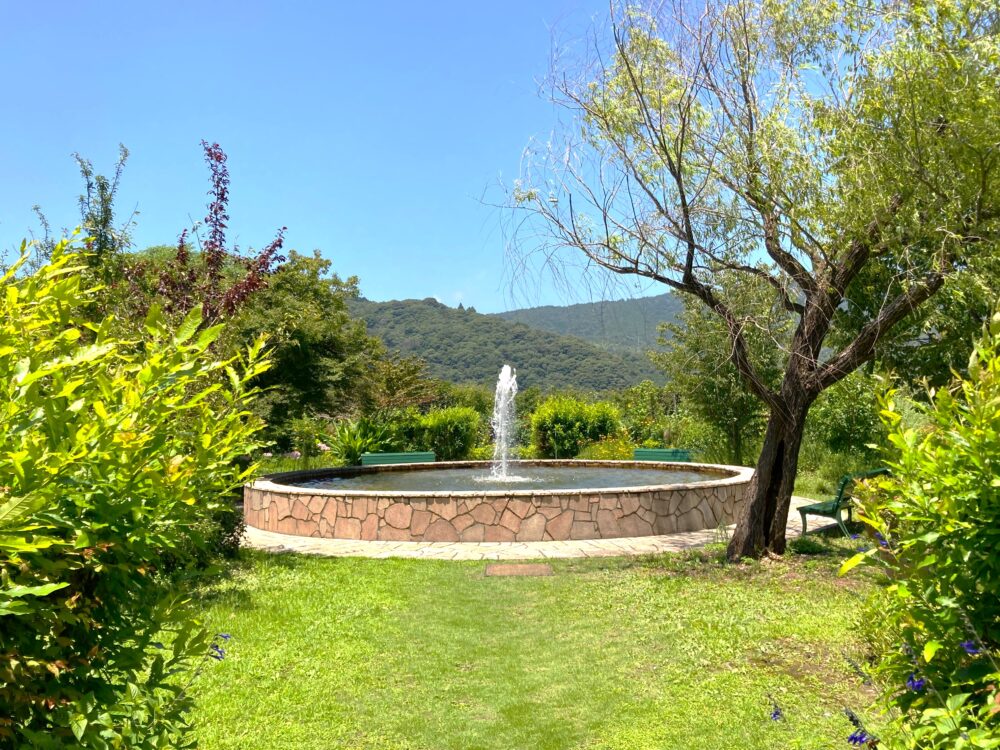
The Bordighera Garden – A Kitagawa Original
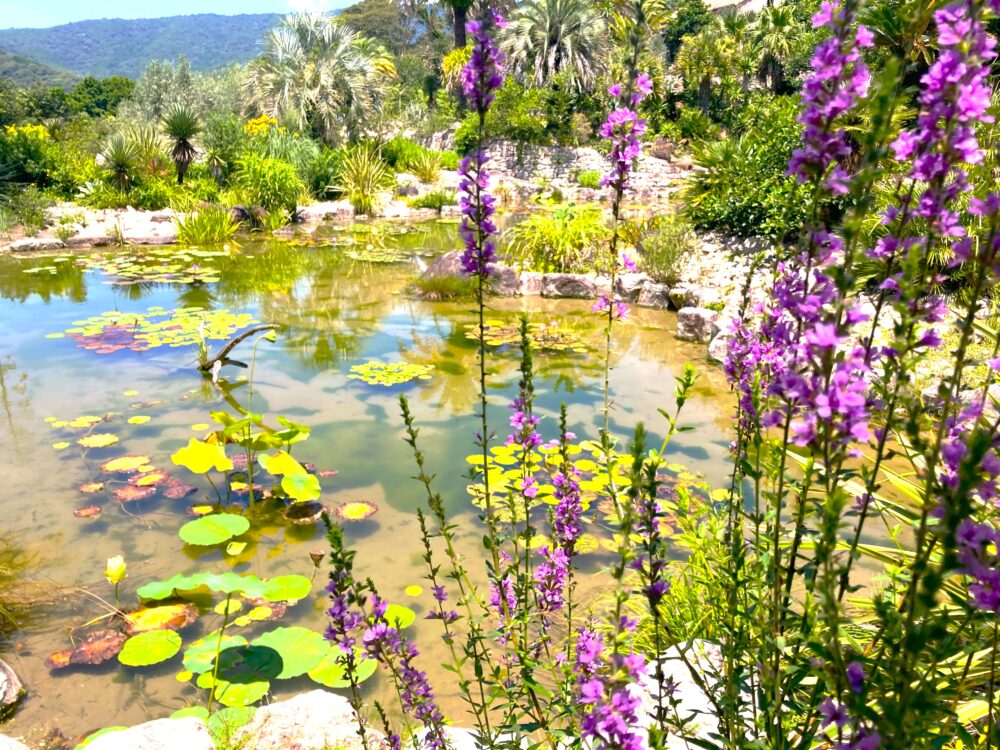
While the Water Garden and Flower Garden are faithful recreations of Monet’s Giverny home, the Bordighera Garden is an original creation unique to Kitagawa.
Bordighera is a coastal town in Italy that Monet visited between 1883 and 1884. He was captivated by the light and scenery there and painted more than 30 works inspired by the town.
To capture that same Mediterranean feeling, Kitagawa’s garden uses its natural hills and slopes to plant olive trees, palm trees, and other Mediterranean species.
Combined with Kochi’s warm climate and ocean views, this section of the garden feels like stepping into Southern France or coastal Italy—a relaxing, open-air space with a distinctly European atmosphere.
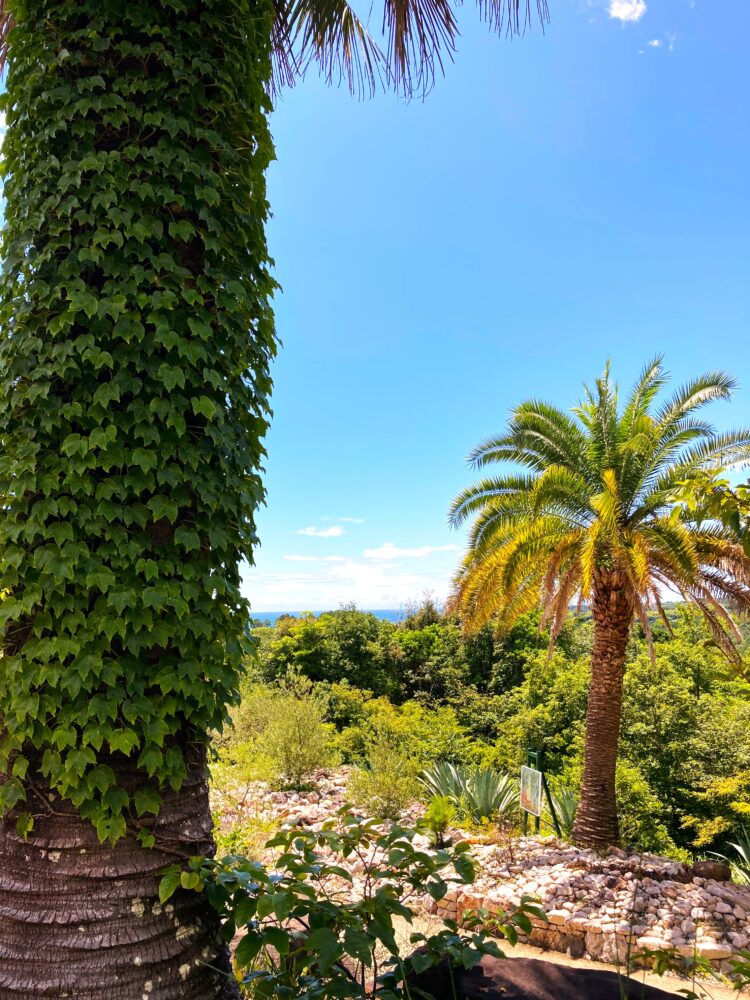
Summary
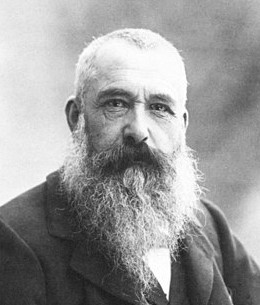
“Aside from painting and gardening, I am good for nothing.”
—Claude Monet
Monet was not just a painter of nature—he was a creator of it. He built his garden with his own hands, then turned it into art.
Carrying on that spirit, Monet’s Garden Marmottan in Kitagawa Village is the only garden in the world—outside of Giverny, France—that is officially allowed to bear Monet’s name.
But this garden is more than a replica. Embracing the climate and natural light of rural Kochi, it offers unique features you won’t find in the original—like blue water lilies and the Garden of Bordighera, inspired by Monet’s travels to Italy.
Step away from your busy schedule and let yourself be immersed in the light and colors that Monet loved so much. A visit here is a chance to reconnect—with nature, with beauty, and with a quieter state of mind.
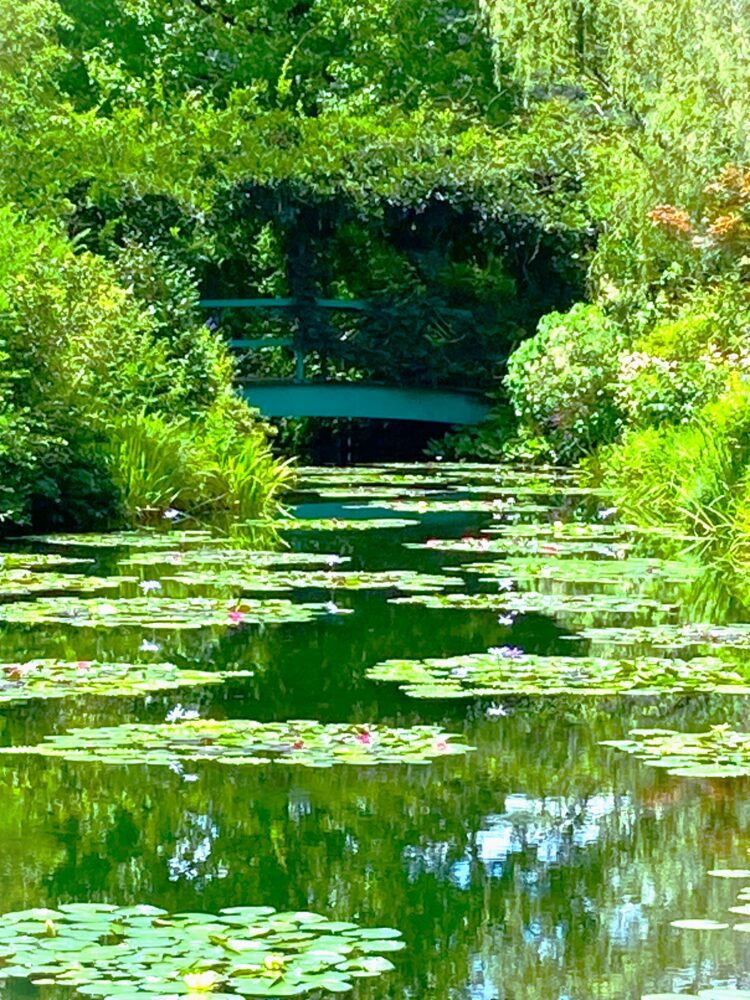
Kitagawa Village Monet’s Garden Marmottan – Visitor Information
Location: 1100 Noto-ko, Kitagawa Village, Aki District, Kochi Prefecture, Japan







Comments